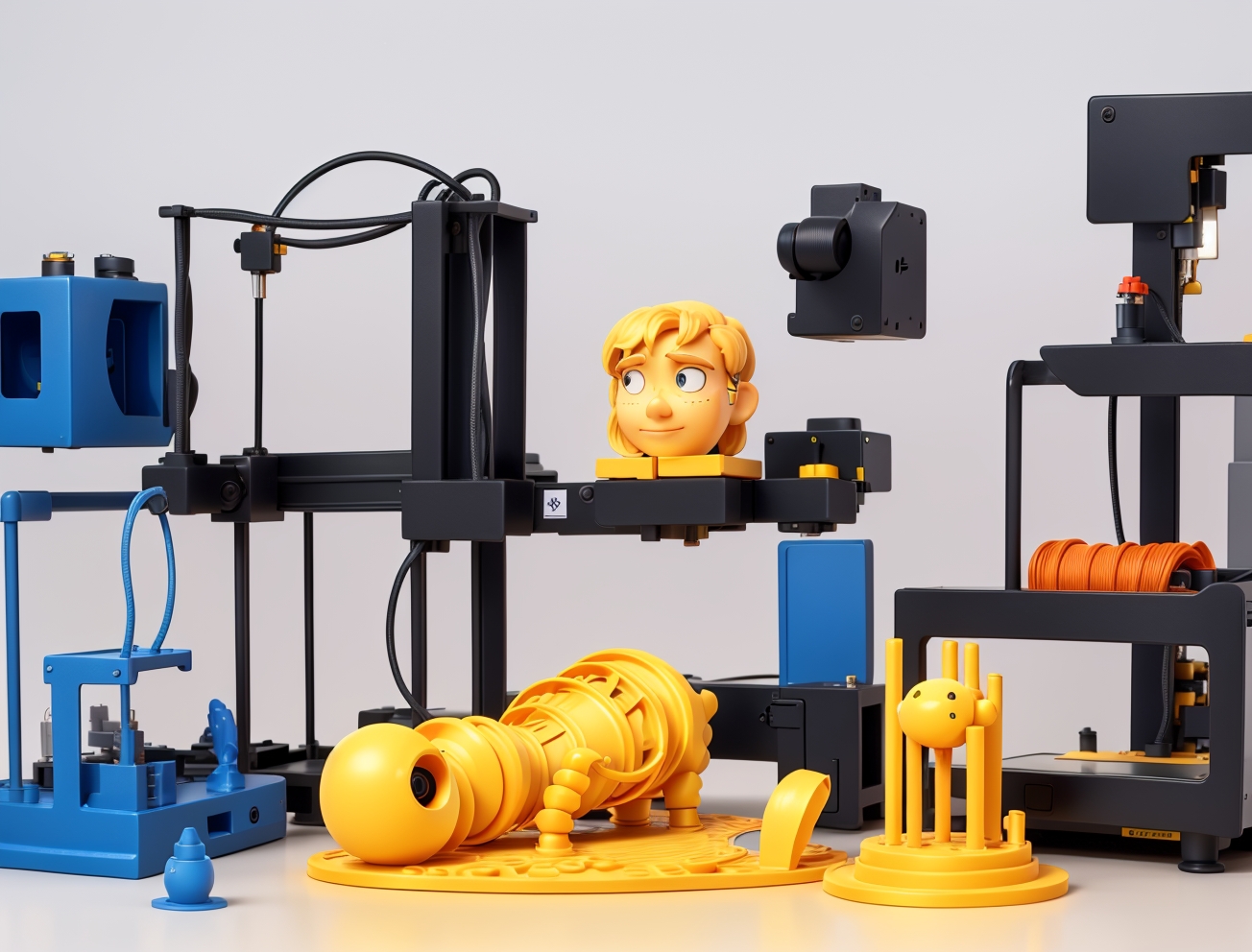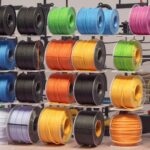An Overview of 3D Printer Types: FDM, SLA, SLS, and More
An Overview of 3D Printer Types: FDM, SLA, SLS, and More
With the growing popularity of 3D printing, there are now several different technologies available to create 3D objects. Each type of 3D printer has its own unique advantages and disadvantages, making it important to choose the right one based on your specific needs. In this article, we’ll provide a detailed overview of the most common types of 3D printers, including FDM, SLA, and SLS, to help you understand the best options for your project.
FDM (Fused Deposition Modeling)
FDM, or Fused Deposition Modeling, is the most widely used type of 3D printer. It works by heating and extruding thermoplastic filament, which is laid down layer by layer to build the object.
Advantages:
Affordable: FDM printers are generally more cost-effective than other 3D printing technologies.
Easy to Use: They are simple to operate, making them ideal for beginners.
Wide Range of Materials: FDM printers support various materials like PLA, ABS, and PETG.
Disadvantages:
Lower Precision: Compared to other methods, FDM can produce rougher surface finishes.
Slower Printing Speed: It may take longer to print high-quality, detailed objects.
SLA (Stereolithography)
SLA, or Stereolithography, is one of the oldest 3D printing technologies and is known for its precision. SLA printers use a liquid resin that is cured by a UV laser, hardening the material layer by layer.
Advantages:
High Precision: SLA printers are capable of producing intricate details and smooth surfaces.
Ideal for Prototypes: Perfect for creating high-quality prototypes with fine features.
Disadvantages:
Expensive Materials: Resin can be costly compared to FDM filaments.
Post-Processing: SLA prints often require curing and cleaning, which can add time to the process.
SLS (Selective Laser Sintering)
SLS, or Selective Laser Sintering, uses a laser to fuse powdered material (such as nylon or metal) into solid objects. Unlike FDM and SLA, SLS does not require support structures because the powder itself provides support during the build process.
Advantages:
Strong, Functional Parts: SLS printers produce durable and functional prototypes.
No Supports Needed: The powder bed supports the object during printing, making complex geometries easier to print.
Disadvantages:
High Cost: SLS printers are among the most expensive types of 3D printers, both in terms of the machine and materials.
Industrial Use: They are typically used in industrial settings rather than by hobbyists or home users.
Other Types of 3D Printers
DLP (Digital Light Processing): Similar to SLA, but uses a digital light projector instead of a laser to cure the resin. It’s faster but may lack the same level of detail as SLA.
Material Jetting: This method involves depositing droplets of material onto the build platform and curing them with UV light. It offers excellent precision but is costly.
Binder Jetting: A process where a liquid binder is deposited to glue powder particles together. It’s often used for metal or full-color printing.
Choosing the Right 3D Printer
When selecting a 3D printer, consider your specific application and budget. For hobbyists and beginners, FDM printers offer affordability and ease of use. If precision and surface quality are key, SLA may be the best option. For more advanced industrial uses where strength and durability are crucial, SLS is often the go-to choice.
Conclusion
Understanding the different types of 3D printers—from FDM to SLS—is essential for choosing the right tool for your project. Each technology has its own strengths and weaknesses, so consider factors like material compatibility, cost, and the level of detail you need before making a decision. Whether you’re a beginner or a professional, the right 3D printer can open up new possibilities in manufacturing, prototyping, and design.



